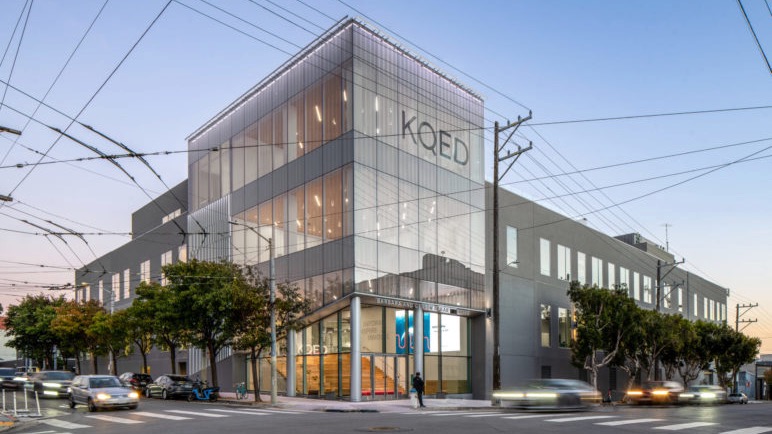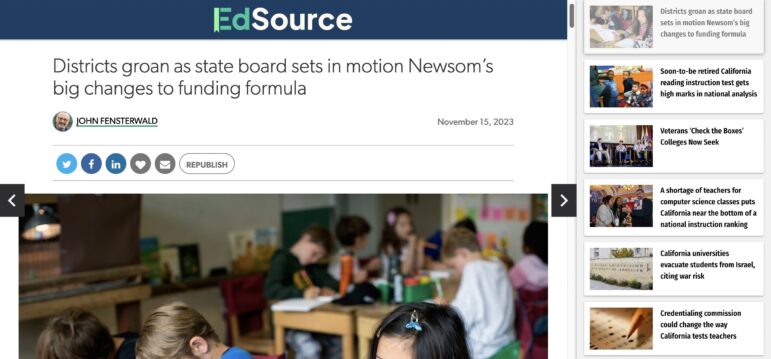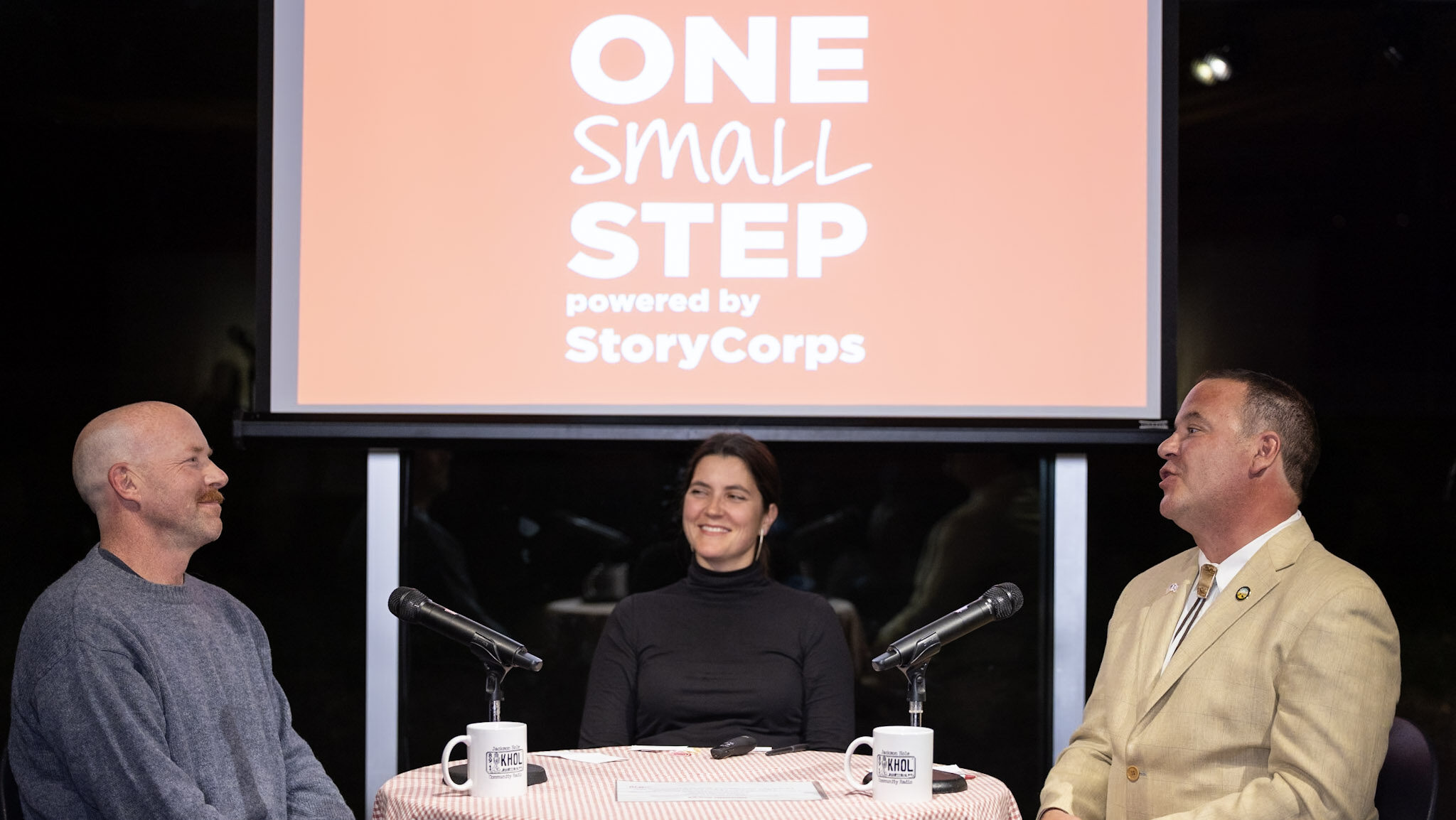KQED launches project to share digital news among California partners

Jason O’Rear / KQED
KQED's headquarters. (Photo: KQED)
KQED in San Francisco is leading an effort to help news publishers in California share digital stories with each other and boost revenue.
The station is seeking out public and commercial media partners throughout the state that publish fact-based news. Participating outlets will add a tool to display articles on their sites from all partners.
Created by Distributed Media Lab, a media tech company, the tool allows users to access partners’ articles without leaving the site they visit. Clicking on an external partner’s article presents it in a popup viewer along with a stream of articles from the other partners.
With the project, KQED is “trying to work on this really hard problem of how independent, particularly local, news organizations get more reach, get more audience, get more money to pay for the good work they do,” said Tim Olson, KQED’s SVP of digital strategic partnerships.
KQED plans to launch the project early next year, he said.
Billy Cruz, a producer for KQED’s California Report, will edit the collection, curating the articles and determining their prominence in the feed for partner sites. To access the collection of stories, local news partners will add an embed code to their sites and choose a layout that best integrates with their site, said DML CEO Dave Gehring.
“The idea is that there’s an editor at KQED that is selecting stories of statewide interest from a variety of sources, and then publishers across the state can place that on their site, thereby joining a network,” he said.
Creating the network opens the door for revenue possibilities, with sponsorship available on each partner’s homepages and in the popup. “We’re trying to leverage the network economic effect of the web,” Gehring said. KQED will sell the sponsorship.
Gehring said he also sees the tool as a way to grow digital audience and revenue at a time when “social has kind of gone off a cliff as a referral source, search is kind of plateauing, and who knows what’s going to happen with new search experiences powered in different ways.”
There will be “potential for some revenue-sharing down the line” with partners, Olson said.
The effort is one of many journalism collaborations that have included KQED. One challenge faced by the California Newsroom, a collaboration among NPR, CalMatters and stations throughout the state, is that participating outlets have to manually insert each other’s stories into their content management systems, Olson said.
That process is “super laborious, and it stops a lot of collaboration just because of the technical and time constraints,” Olson said.
Early examples
DML used a similar tool to distribute a CalMatters Voter Guide in 2018 across 20 to 25 local sites throughout California, Gehring said. Users could see the voter guide “without leaving the Santa Cruz Sentinel or The Paradise Post or the Monterey Herald,” he said.
Meanwhile, CalMatters tracked engagement with the content on its own analytics platform. When a visitor reads the guide on another site, the local publisher “doesn’t lose their audience to a click out,” Gehring said.
The engagement on the voter guide “was pretty insane,” he said. He believes that was partly because California “makes it impossible to vote without some tutelage,” and he expects engagement with KQED’s project will be lower. However, click-through rates of 0.5–1.5% would be “pretty good,” Gehring said.
“If we do have click-through rates at that rate and we’re embedded on a bunch of local sites … that’s actually legitimate engagement,” he said, delivering an audience “publishers never would have had otherwise.”

DML has launched a similar project with the nonprofit news site EdSource to curate education stories in the state.
The Google News Initiative has provided funding for the KQED project. Olson declined to say how much funding the station received but said it is “enough to get us off the ground for a year.”






